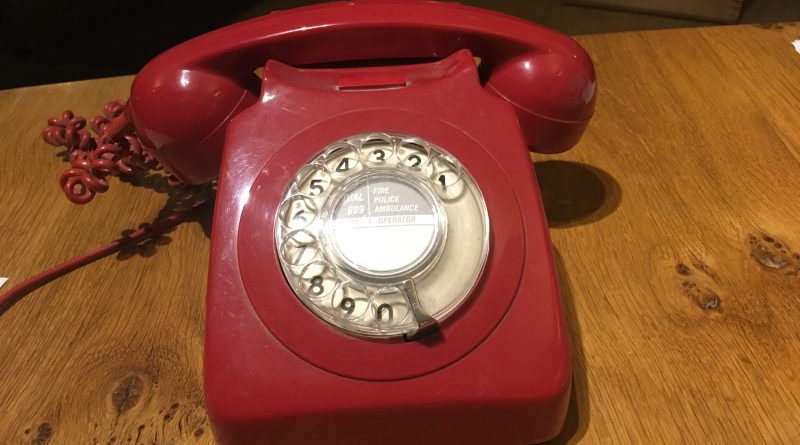NHS 111: Where are we now?
The NHS introduced a ‘111’ helpline: a non-emergency 24/7 number designed to replace the existing NHS Direct Service and work alongside 999.
It is designed for urgent but not life-threatening situations.
Call 111 if:
- you need medical help fast but it’s not a 999 emergency
- you think you need to go to A&E or need another NHS urgent care service
- you don’t know who to call or you don’t have a GP to call
- you need health information or reassurance about what to do next
It is staffed by a team of trained advisors, supported by nurses and paramedics. They are now run by ambulance services, private firms and social enterprises. They can offer healthcare advice and signpost you to appropriate services i.e. out-of-hours doctors, walk-in centre or A&E.
A timeline:
– The scheme was piloted in 2011. There was a very patchy and chaotic introduction of the service. In November 2011, 1/8 calls were going unanswered.
– The service was due to be rolled out across the country in April 2013, but the lines were not ready to “go live”.
– It was started by replacing nurses with call-handlers asking a series of pre-determined questions to triage patients and advise appropriate services.
– In July 2013, Channel 4’s Dispatches programme revealed on some nights, there was not even a nurse on duty. The same month, NHS direct announced it was pulling out of its regional contracts.
– December 2014 – High media profile death of Baby William Mead from sepsis, as a result of mistaken 111 advice. This and a number of other cases have made the service perhaps overly-cautious. It is important not to miss key symptoms and such incidents should be avoided, but we must remember that there are possible mistakes in any service.
– In 2015, Dr Cliff Mann said the service was to blame for almost all of the year’s rise in Accident & Emergency services. It is true that many patients are sent to A&E, perhaps for some this is a better decision, but there is definitely an element of avoiding risk. There was huge variation between regions, before it was nationalised.
– 2015 – GPs were recruited to give advice during peak times. There were concerns that up to 80% of patients who would have been sent to the GP under NHS 111 guidelines, could have been avoided by speaking to a GP directly.
– March 2016 – NHS England announced that 1/3 calls would be answered by a clinician.
– December 2017. Announcement of direct GP booking from NHS 111. NHS England instructs that at least 5% of callers (due to increase to 30% by April 2019) must be given the option of booking an in-hours GP appointment following the telephone call, if a GP appointed is deemed necessary. This was met with scepticism as to how this will affect GPs already significant workload.
– Christmas 2017. The week leading up to Christmas there were a total of 393,262 calls. 35,012 patients hung up because they weren’t answered within 30 seconds.
More than a million callers each month now access the service – which is more than twice as many as NHS Direct had when it was running. 95% of calls are supposed to be answered within 60 seconds, and in most cases this is the case. NHS 111 now provides a much improved service from it’s enrolment, but it must be continually reviewed. It has been clear that highly trained and appropriate staff are a key component to this service. Without this service however, we may have much larger number visiting A&E, this would have been the destination of 45% of people surveyed. However, less than 1/3 of those surveyed would have accessed primary care services had they not phoned 111, yet this is where many of the callers end up. The service may be slightly risk-adverse, but provides a good source of advice for patients. It will be interesting to see how this service continues to evolve, particularly with an increasing presence of digital health technology.




